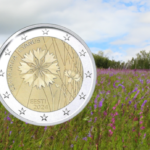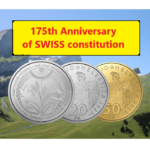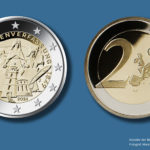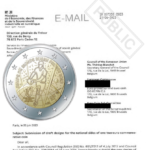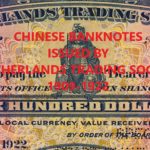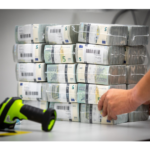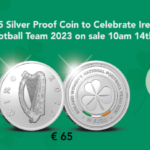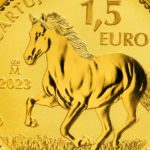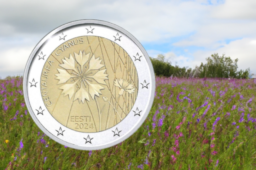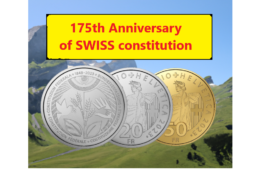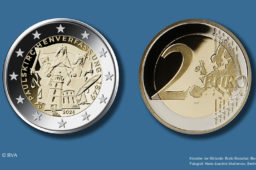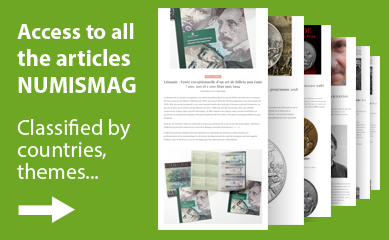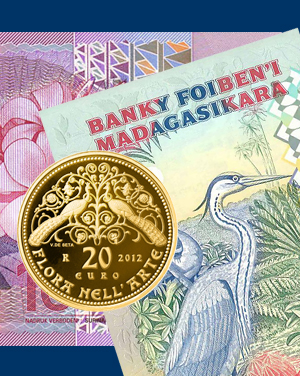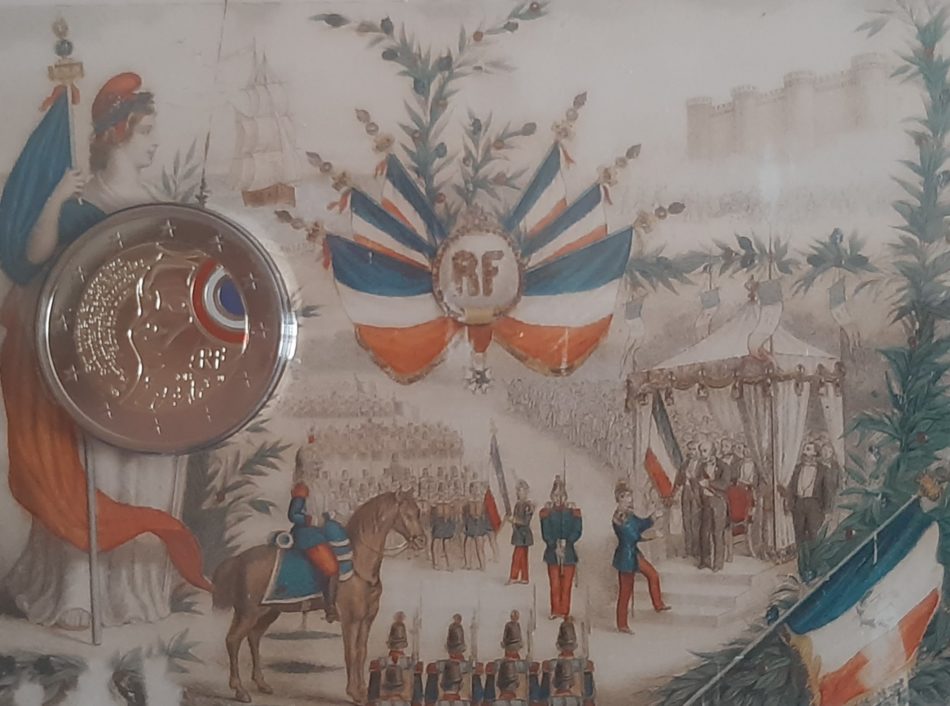
€2 2015 – 225th anniversary of the Federation Day, proof coin over €200
- June 12, 2021
- by
- Pierre

The popularity among collectors of french €2 coin, in proof quality, is no longer in question (see here).
Another example of this recent post-COVID19 evolution of euro coins market is the 2015 proof €2 coin dedicated to the “225th anniversary of the Federation Day”.
Federation Day is an emblematic commemoration which in the early days of the French Revolution marked the coming together of the republican army, which came from the king’s army for a good part of its officers, and the national guards, spread throughout the territory.
Local commemorations, real military celebrations, sealed these alliances.
Political authorities were then worried about the agitation that was likely to spread to the regular troops and chose to control it by convening the provincial deputies, for July 14th.

The coin
On the obverse, the design features the profile of a Marianne drawn in a graphic and modern way, the embodiment of the Republic, in the style of JOAQUIN JIMENEZ, general engraver of Monnaie de Paris. She wears the Phrygian cap.
On the right the cockade, drawn in the manner of a sketch, surmounts RF. The yearmark is engraved in the center of the coin.
On the left side, is engraved a stanza of the french poet Paul Eluard, as a reference to the motto of the Republic. The mint marks are attached to this extract.
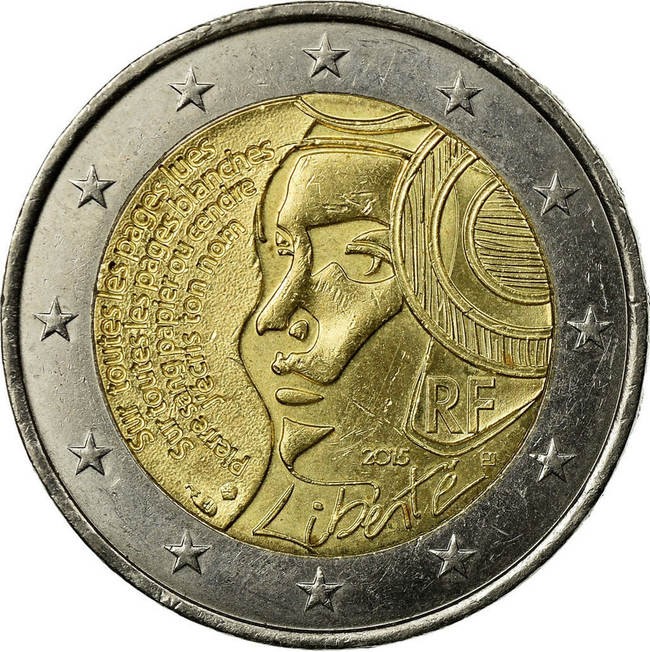
Mintages
UNC: 4,000,000 coins from rolls
BU: 10 000 coincards
Proof: 10 000 coins (with sleeve and box)
Prices on euro collector’s market
UNC condition (from rolls): between €3 and €4.
BU coincard: between €90 and €110.
Proof condition: between €200 and €220.
The question remains what are the reasons of the craze for the coins in BU and proof conditions.
Indeed, the proof condition coin had an issue price of €20. Its current price (established on real transactions and catalogs of some dealers) represents 20 times its initial collection value, 6 years after its issue.
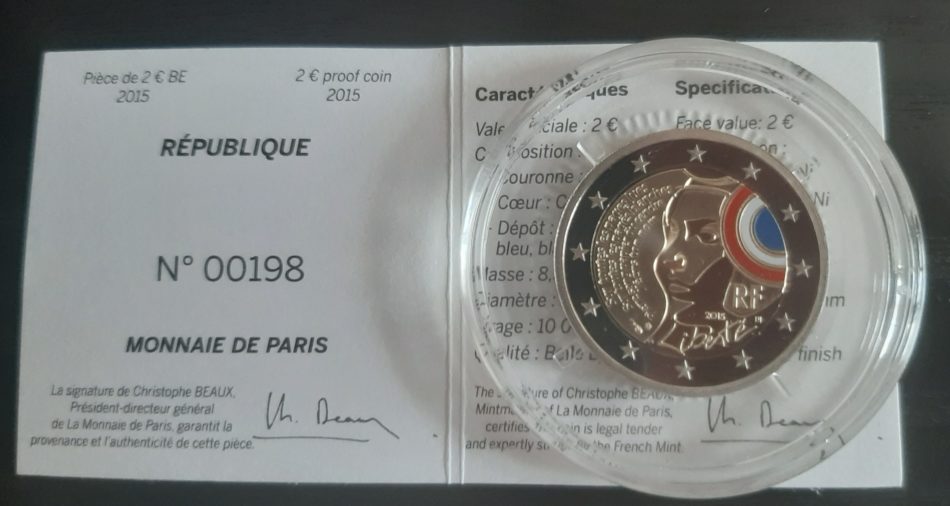
€2 proof coin with certificate no. 198 – Rives d’Argenteuil collection
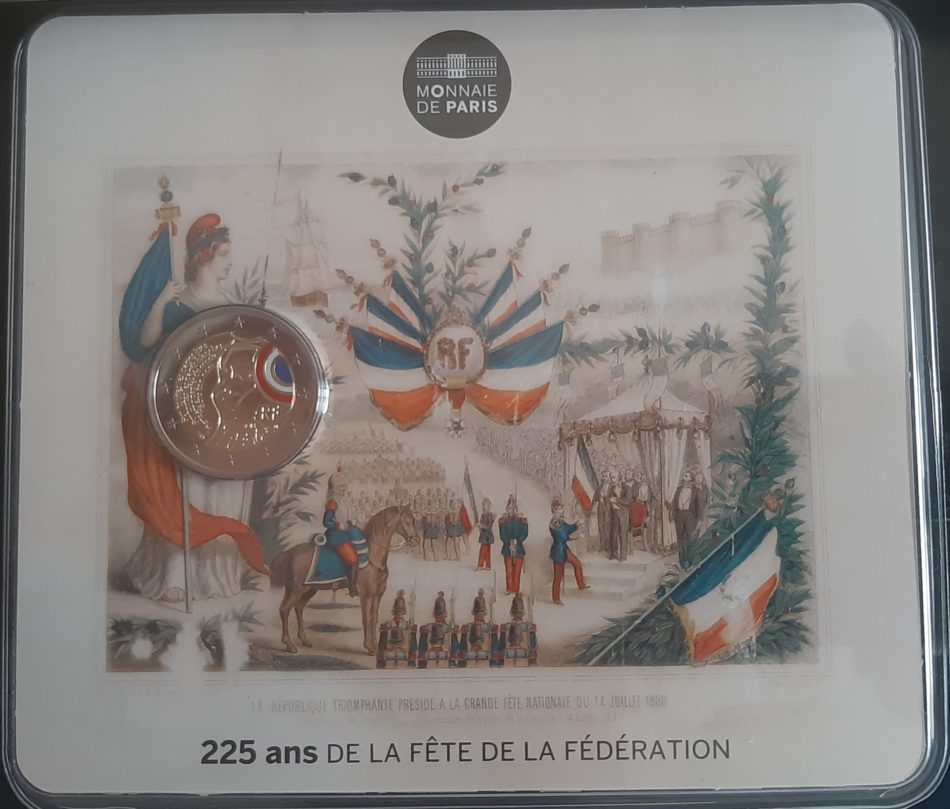
2015 BU €2 – Federation Day – Rives d’Argenteuil collection
Several explanations can be given for the soaring prices of these two types of coin conditions:
- These two sought-after versions are official colorized coins. This is not the first coin so colored in its versions reserved for the collector’s market, but it is the first one that presents three different colors (blue – white – red) on the Phrygian cap of Marianne. Technically, this is the most successful €2 colorized coin to date.
- The theme is very popular since it is the National Day and beyond the French Revolution. This subject may interest once again a public wider than the french collectors (foreign collectors or History enthusiasts).
- The professional dealers are rather poor concerning these two coin issues (BU and proof) for collectors. Some still offer the BU version for sale but very few have stocks of proof coins. These coins have therefore mostly entered the collections of individuals.
- Aesthetically, many collectors note in the design of this coin a balance of composition, supported by the partial colorization of the obverse.
- For numismatists, the allegorical portrait of Marianne is a classic representation in contemporary French numismatics.
- Many Euro collectors now wish to own coins in the best possible condition. However, UNC coins were often packaged in bags before being packaged in rolls. Many of these coins therefore show signs of bumping or rubbing that euro collectors do not want on their own collection coins. For a long time, the oldest numismatists believed that BU or proof coins, not initially intended for circulation, should not be considered as coins. They called them “tokens” or “medals”. But as in many fields, collectors may change their mind…And euro collectors did it!
Sources: NUMISMAG.


